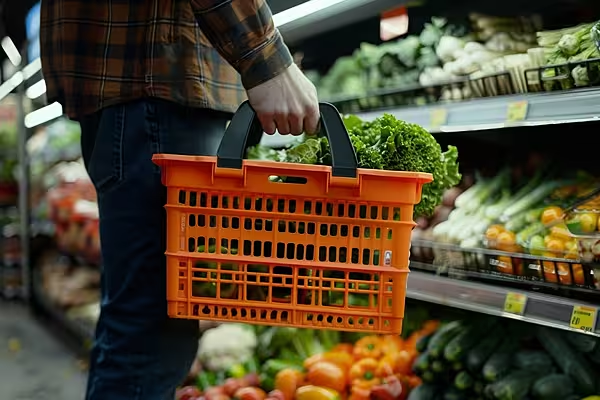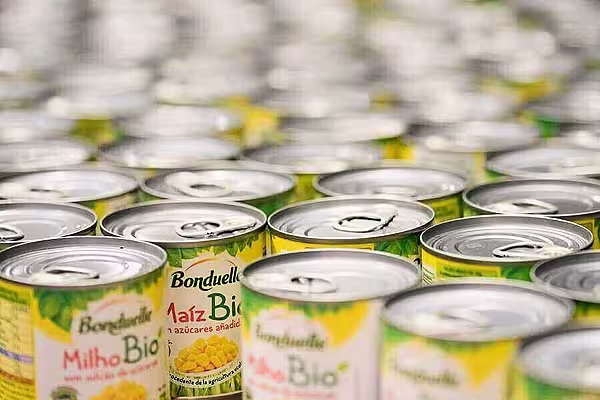The latest EU Fish Market report, published by the European Market Observatory for Fisheries and Aquaculture Products (EUMOFA) in December, highlights the impact of the pandemic on the seafood industry and offers insights into the trends and patterns evident in recent years.
The report covers the period up to the middle of 2022 and provides valuable insights into the level of household expenditure, imports, exports, and the performance of various species of fish.
In this article, we take a closer look at five key takeaways from the EUMOFA report.
1. Increased Pandemic Expenditure
The report found that household expenditure on fish and seafood in the EU-27 increased by 7% in 2021, year-on-year, as a result of the stay-at-home measures imposed by European governments.
As restrictions gradually lifted, out-of-home consumption increased and is expected to continue to do so until stabilising between 2024 and 2026, according to the report.
2. Disruptions To Imports and Exports
The prolonged pandemic period disrupted both imports and exports, resulting in a trade balance deficit of 10% in Europe in 2021, €1.8 billion higher than the previous year.
The increase in the trade deficit can partly be attributed to the euro's depreciation against the Norwegian krone, making imports from Norway more expensive, as well as the increased high-value imports by the HoReCa channel after the easing of pandemic restrictions.
3. Strong Increase In Salmon Import Value
Salmon saw a strong increase in the value of EU imports between 2020 and 2021, although the corresponding increase in volume was more moderate due to the gradual reopening of restaurants.
4. Decreased Imports of Whole Tuna
The trend of imported tuna fillets outperforming whole tuna continued into 2021, with imported fillet totalling 190,000 tonnes, while imports of whole tuna decreased by 21%. A steep rise in import prices was recorded in the first eight months of 2022, according to the report.
5. Ten-Year Low in Alaska Pollock
Alaska pollock, a key species for the EU processing industry, reached a ten-year low in 2021 (266,305 tonnes) due in part to limited accessibility from China due to strict pandemic restrictions.
However, EU imports of Alaska pollock from Russia increased by 29% in volume and 31% in value terms between 2020 and 2021, and the bloc continued to increase imports of the species from Russia in the first half of 2022.
You can find the full report here.
© 2023 European Supermarket Magazine – your source for the latest fresh-produce news. Article by Stephen Wynne-Jones. Click subscribe to sign up to ESM: European Supermarket Magazine.














